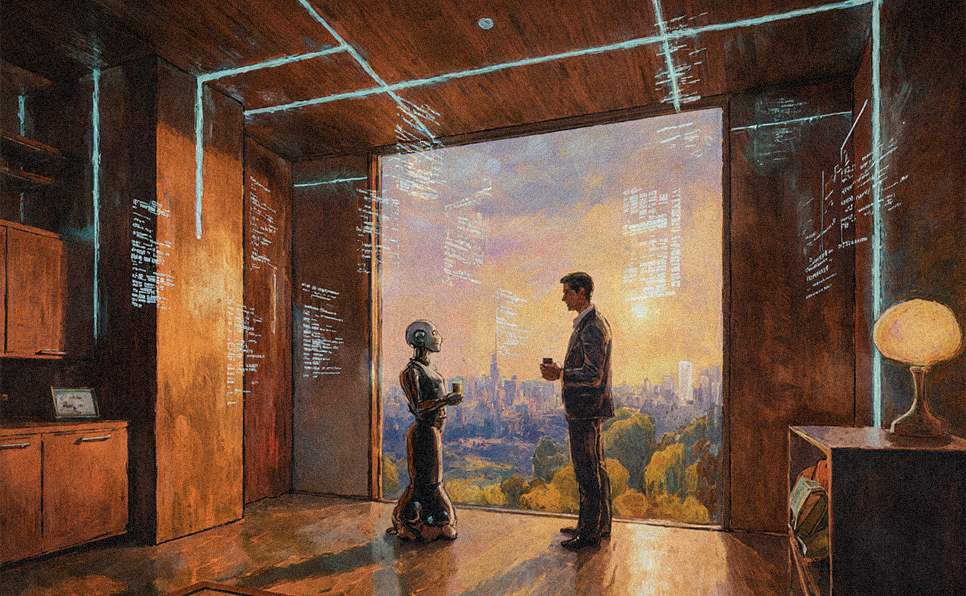We are on the verge of a major transformation in the way we live our lives. Architecture, which once focused on form, space and materials, has now entered a new realm where intelligence is as important as concrete, brick, glass and steel. The concept of the “smart building” based on the Internet of Things will soon enter our lives. We will no longer look at buildings in the old and traditional way. Architecture will change. Our structures will think, they will make decisions. Just like a living organism. Buildings will not be a static object but will become a living organism.
The Internet of Things is increasing our interaction with our homes and the situations we are in. Smart watches are a good example. In architecture, the Internet of Things means the presence of sensors, actuators, artificial intelligence systems and even robots in place. In this environment, data must be absorbed and then processed and reacted to the user’s needs. You could call it “built-in personal well-being”. Smart sensors can reduce energy consumption by up to 10% immediately, and with optimal use, this amount can reach 30%.
Architecture will now act as a link between you and the space. In a way that you can clearly personalize it. When you enter a space, the lighting and temperature of the environment will be adjusted using data provided by you. When you wake up in the morning, your AI will prepare breakfast for you and categorize the news according to your tastes.
The construction process will also undergo a profound transformation. Robotics will accelerate building timelines and enhance precision, while intelligent supply chains will minimize waste and optimize resource use. Construction sites will evolve into living laboratories, where data is continuously monitored and analyzed to refine every stage of the process.
The Internet of Things, combined with artificial intelligence, will redefine our relationship with the built environment. Cities will transform into interconnected smart networks. Homes will become personalized comfort hubs, offices will evolve into adaptive, living organisms, and public spaces will turn into vibrant, community-focused environments. In this future, architecture will move beyond form and function. It will embody the deeper meaning of life itself.
.
